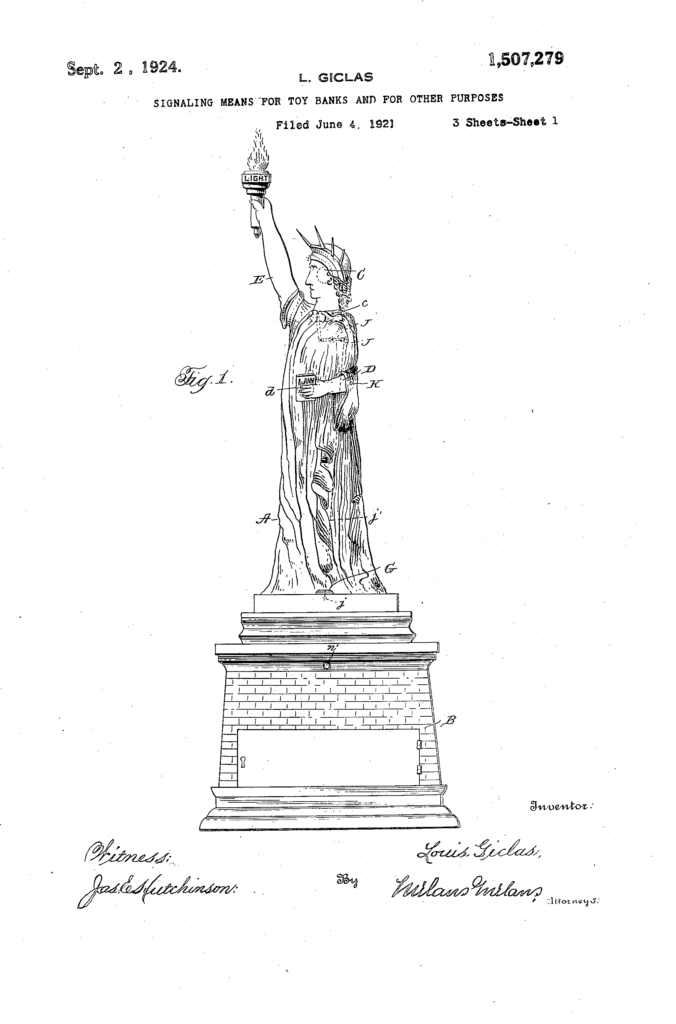On September 17, 1901, electrical engineer and inventor Peter Cooper Hewitt of New York City received a serios of eight patents (Nos. 682,692-99). Also these lights had a peculiar blue-green color, these were commercially successful because of their improved efficiency over incandescent lamps, and were a precursor to fluorescent lighting. The mercury vapor lamp was often used in tandem with an incandescent lamp, providing a more acceptable color.
In 1902 Hewitt developed the mercury arc rectifier, the first rectifier that could convert alternating current power to direct current without mechanical action. He also worked on an early hydoifoil, and on a automatic airplane.
When Cooper Hewitt died in 1921 at the age of 60, he left 1/3 of his $4 million estate to his wife Maryon and 2/3 to his daughter Ann, with the proviso that should Ann die childless, her share would revert to her mother, inadvertently pitting mother against daughter. Shortly before her 21st birthday Ann came down with appendicitis, and Maryon had the doctor sterilize her daughter while removing her appendix, guaranteeing the reversion upon Maryon’s death. After discovering what Maryon had done, she filed the civil suit against her mother for $500,000 in January 1936, alleging that Maryon Cooper Hewitt paid the doctors to remove her fallopian tubes without her knowledge or consent. Soon after, the San Francisco district attorney charged Maryon and both doctors with “mayhem,” a rare charge that was “reserved for cases involving the act of disabling or disfiguring an individual . . . punishable by up to 14 years in prison.”
A lengthy, scandalous trial resulted in the charges being dropped against the doctors and Maryon, and Ann accepting a settlement of $150,000. Maryon died at 55 following a stroke a few years later in April 1939. Ann wound up marrying five times, before dying of cancer in February 1956 at age 40.













